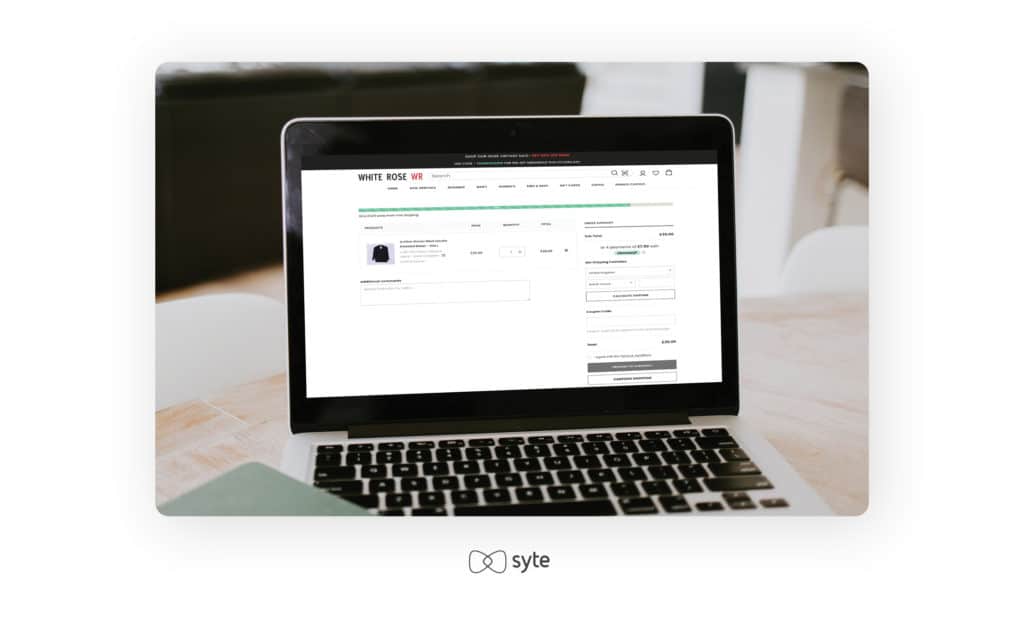The Average Order Value (AOV) is an eCommerce metric that measures the average dollar amount customers spend each time they make a purchase from your website. It provides insights into shoppers’ purchasing habits and informs initiatives such as pricing strategy and merchandising rules to improve revenue.

How to Calculate AOV?
A key performance indicator, AOV is calculated by dividing total revenue by the number of orders over a specific time. Like any other eCommerce metric, it can be monitored for any time interval but most brands track AOV monthly. For example, an online brand that generated $50,000 in sales for the month of October with a total of 1,500 orders, has an AOV of $33.
Why is AOV Important to Brands and Retailers?
Tracking the average order value helps you to understand customers’ buying behavior, evaluate pricing strategy, refine merchandising rules, and inform A/B testing experiments. In the long run, investing in boosting AOV can guarantee a better long-term value per individual customer.
- It serves as a benchmark. The average order value can support goal setting and data-driven strategies for improving the overall performance of your business. Often, an increase in overall AOV leads to an increase in profit and revenue growth.
- AOV provides a lens into shopper behaviors. Knowing how much customers spend on your products and how they do so provide you with a wealth of information for enhancing the shopping experience.
- It uncovers areas for improvement across your site. By monitoring AOV closely, it is easier to track drops in performance and, on the other hand, scale efforts that work. As you optimize both the customer experience and backend operations, you can achieve better AOV and sales.
How to Improve the Average Order Value
There is no shortage of ways to increase the average order value across the customer journey. Some of the best tactics include:
- Recommending complementary products that are relevant to the item that the shopper is viewing. For example, using a “Shop the Look” feature to make it easier and faster for inspiration-driven customers to purchase a whole fashion or room look.
- Upselling with a similar-looking product that has a more expensive price tag but with an upgraded style or more value for money.
- Optimizing merchandising rules to offer strategic promotions such as discounts on the next purchase when spending over a set amount, or money off when buying in bulk.
- Offering free shipping and returns as an incentive when shoppers reach a minimum purchase amount. This also prevents shopping cart abandonment by providing users a compelling value to complete the purchase.
- Setting up a loyalty program to encourage repeat purchases and ongoing engagement with shoppers.
- Ensure that support is ready for quick customer questions especially at moments when the buying intent is highest i.e., during checkout and paymen